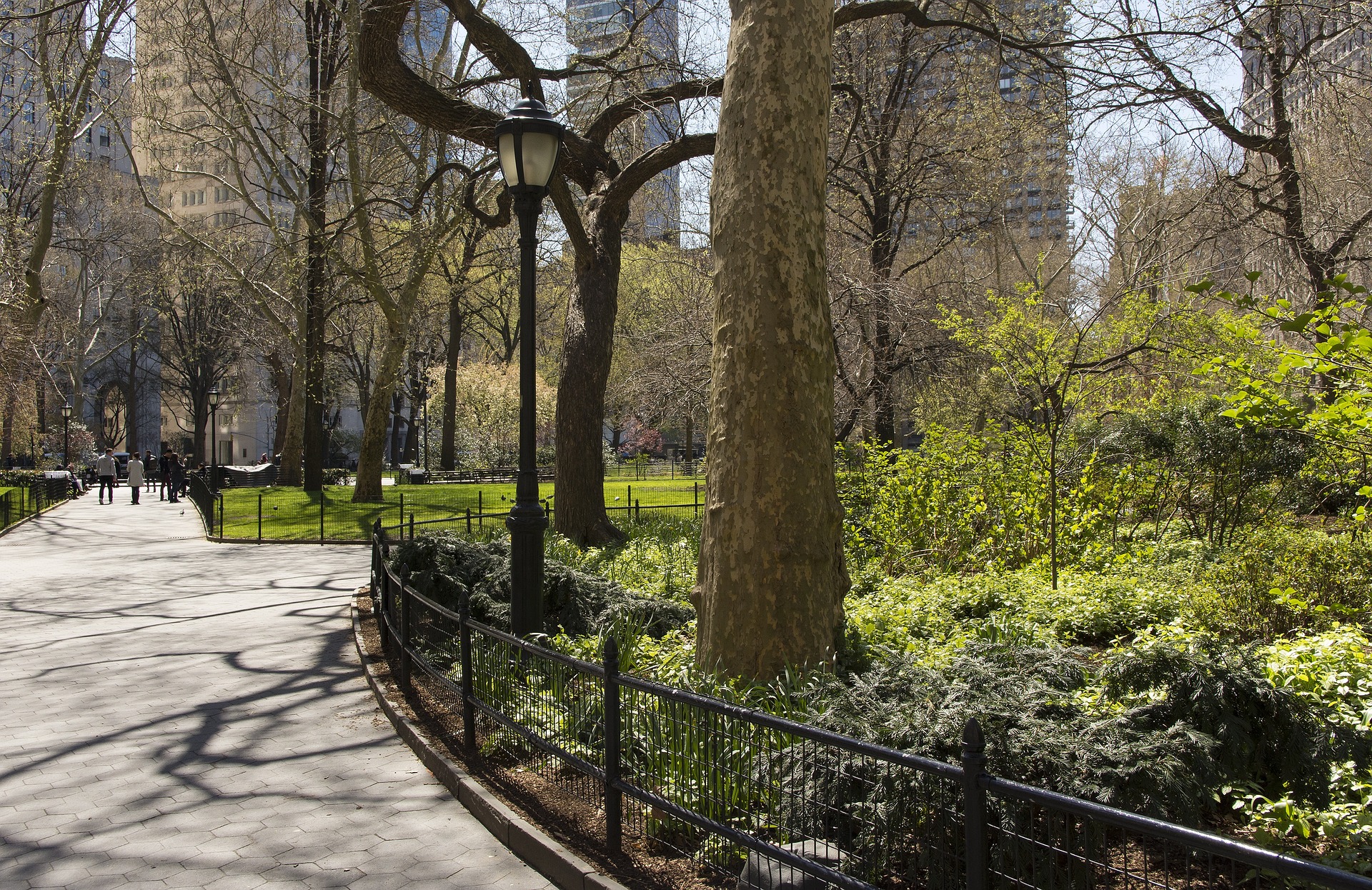
Trees have instinctual appeal to most people, but they’re not distributed evenly throughout cities. A 2013 investigation by the Washington Post found that wealthier areas of the town (median income $205,750) had an 81% tree-cover rating, while disadvantaged ones (median income $36,250) rated only 48% — 40% less.
Many “greening projects” exist in the United States with a range of goals. Some aim to replace trees lost to pests and others to rebuild urban forests completely, but could there also be an effect on property values? A 2008 University of Pennsylvania study published in Real Estate Economics, “What Is a Tree Worth? Green-City Strategies, Signaling and Housing Prices,” looks at the relationship between curbside tree plantings in Philadelphia and changes in housing price over a five-year period.
The researchers examined the effects of two programs, one in low-income neighborhoods and the other without specific target areas. The Fairmont Park Commission allows approximately 900 individual homeowners to request curbside trees each year, while the Pennsylvania Horticultural Society requires residents to cooperate in requesting and maintaining trees. Both operate without cost to residents.
The study mapped all Philadelphia house sales and new trees between 1998 and 2003. After excluding unusual transactions as well as sales outside the city’s central “191” Zip codes, the authors looked at the relationship between over 3,000 plantings and an average of more than 200,000 house transactions per year. The authors determined that:
- Houses within 4,000 feet of Fairmount trees sold for between 7% and 11% more after tree planting than before.
- While some of the difference was due to “signaling” (owners indicating interior improvements to houses) or other factors, the intrinsic value of the tree was around 2% of the difference in sale price.
- Because the addition of a garage results in an average increase of 10%, the 2% difference from a tree “is of great economic significance,” the authors write.
Less effect was found with the PHS program, which is aimed at struggling areas of the city. The service tended to be used by better-off portions of low-priced neighborhoods. The authors suggest that additional research is needed to better understand the effects of tree programs on different neighborhoods.
Related research: A 2013 study, “The Racial/Ethnic Distribution of Heat Risk-Related Land Cover in Relation to Residential Segregation,” looked at the distribution of tree cover and impervious surface across neighborhoods, the racial/ethnic groups of residents and degrees of residential segregation. It found that non-Hispanic blacks were 52% more likely to live in an area with heat risk-related land cover (HRRLC); the rates for non-Hispanic Asians was 32% more likely, and Hispanics 21% more likely. Given ongoing climate change and the increased risk of extreme-weather events, “adaptation strategies, such as planting trees in urban areas, should explicitly incorporate an environmental justice framework that addresses racial/ethnic disparities in HRRLC.”
Also of interest is a 2013 study in Psychological Science, “Would You Be Happier Living in a Greener Urban Area? A Fixed-Effects Analysis of Panel Data.” It uses data from more than 10,000 individuals to explore the relationship between urban green space, well-being and mental distress for the same people over time.
Tags: conservation, gentrification,
